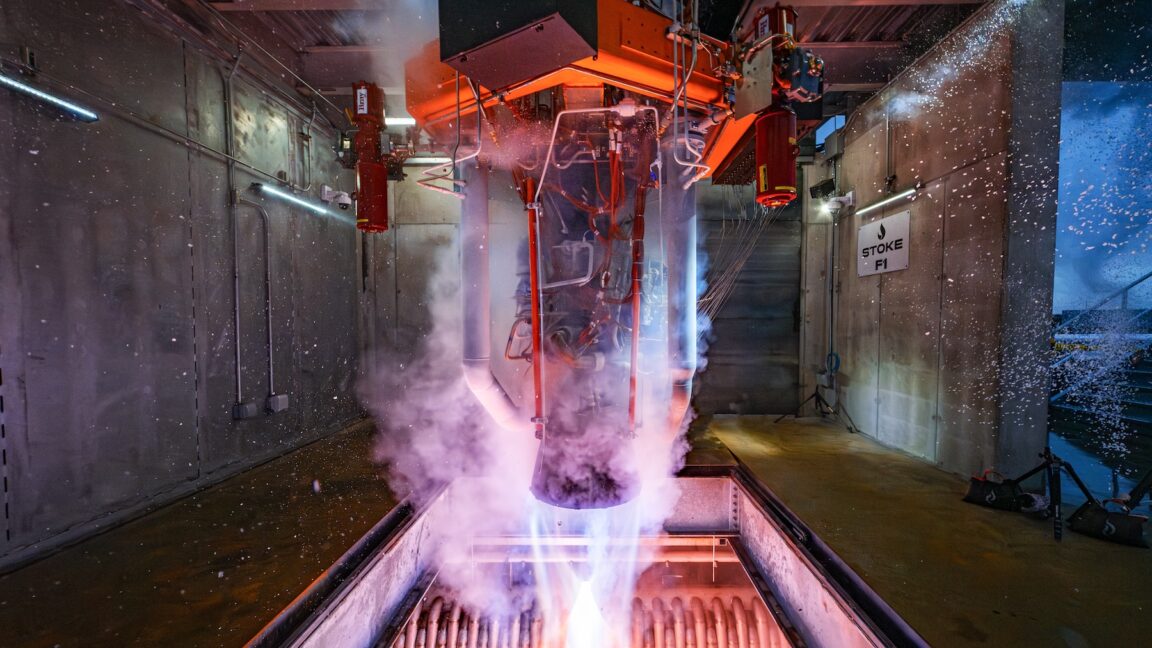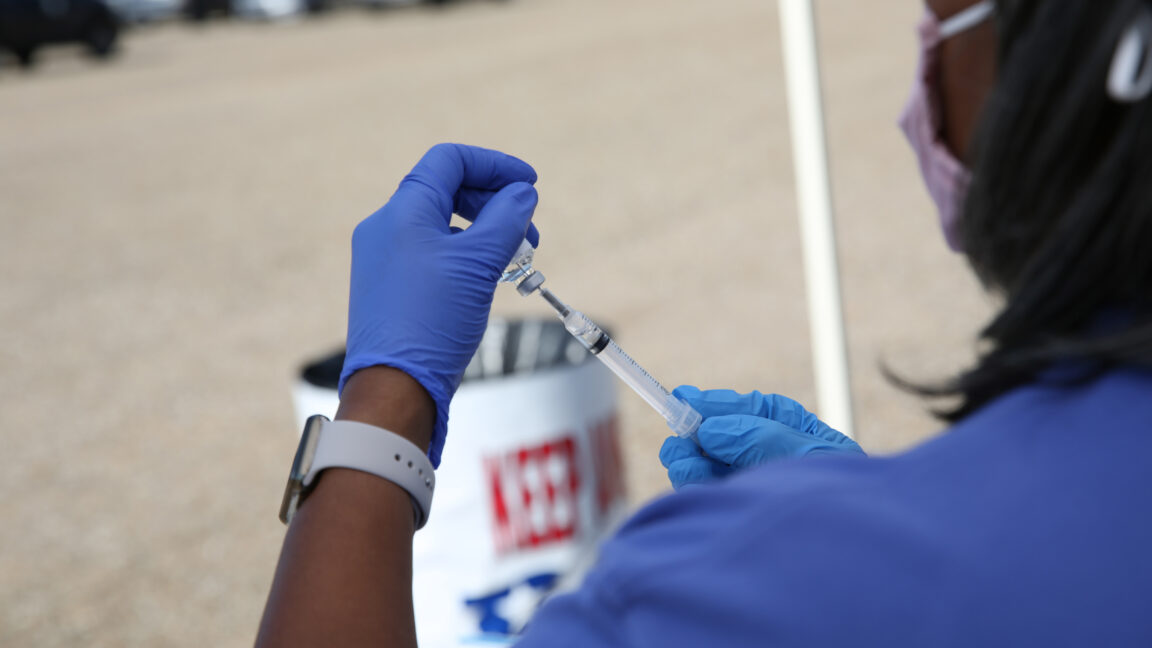AI in drug discovery is ‘nonsense,’ but call Schrödinger ‘AI’ if you want, says CEO


![]()
By Brittany Trang
Nov. 20, 2024
Health Tech Reporter
Schrödinger CEO Ramy Farid wants you to know that his company isn’t an AI company…but he’ll call it that if you want to.
The company, founded in 1990, started out by making software that used the basic laws of physics to laboriously and exactly predict how molecules will interact with each other in space. Those calculations, rooted in the field of computational physics, needed lots of expensive and time-consuming computing power to run, and many people abandoned those techniques in favor of easier techniques that took in tons of data and approximated the predicted results, which eventually became called “artificial intelligence.”
advertisement
But as the computing world ditched central processing units for the more powerful graphics processing units, Schrödinger’s computations became faster to run. Its physics-based predictions, more accurate than the approximations made by machine learning’s pattern recognition, then began to work, said Farid.
STAT+ Exclusive Story
Already have an account? Log in


This article is exclusive to STAT+ subscribers
Unlock this article — and get additional analysis of the technologies disrupting health care — by subscribing to STAT+.
Already have an account? Log in
Monthly
$39
Totals $468 per year
$39/month Get StartedTotals $468 per year
Starter
$20
for 3 months, then $399/year
$20 for 3 months Get StartedThen $399/year
Annual
$399
Save 15%
$399/year Get StartedSave 15%
11+ Users
Custom
Savings start at 25%!
Request A Quote Request A QuoteSavings start at 25%!
2-10 Users
$300
Annually per user
$300/year Get Started$300 Annually per user
View All Plans
To read the rest of this story subscribe to STAT+.
Subscribe Log In Artificial intelligence, biotechnology, drug development, Pharmaceuticals, STAT+ Submit a correction requestReprints-

Brittany Trang
Health Tech Reporter
Brittany Trang, Ph.D., is a health tech reporter at STAT. Follow her on Threads, Mastodon, and Bluesky.


Newsletter
Understand how science, health policy, and medicine shape the world every day









